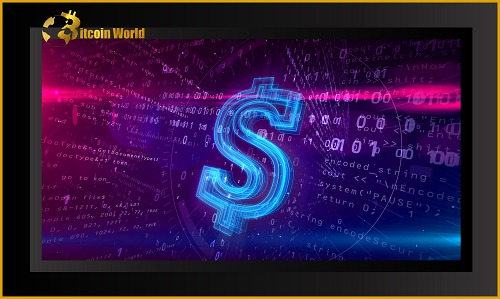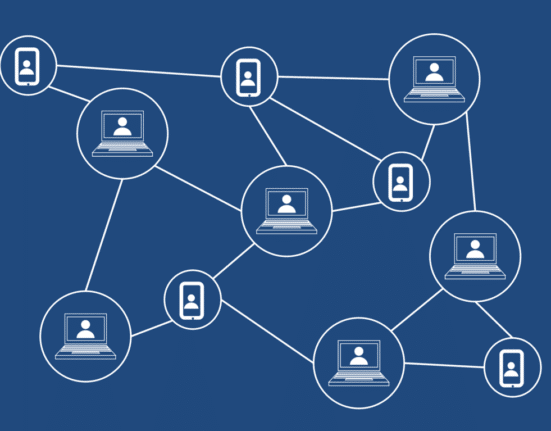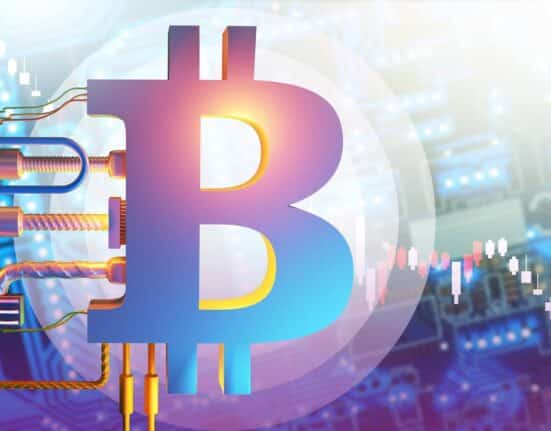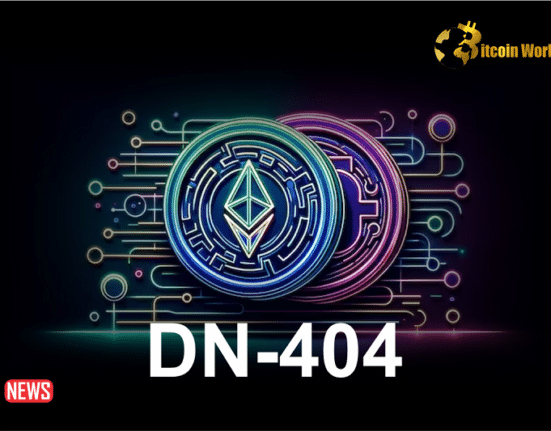Decentralized finance, commonly known as DeFi, has gained significant attention in recent years. It offers a revolutionary approach to traditional financial systems by leveraging blockchain technology and smart contracts to create a more open and inclusive financial ecosystem. This article delves into the world of DeFi, exploring its potential, challenges, and the key elements that drive its growth.
UNDERSTANDING DECENTRALIZED FINANCE
Decentralized finance refers to a system where financial transactions and services are conducted on decentralized platforms built on blockchain technology. Unlike traditional finance, which relies on intermediaries such as banks and regulators, DeFi aims to provide financial services directly to users without the need for intermediaries.
The Advantages of Decentralized Finance
ACCESSIBILITY AND INCLUSIVITY
DeFi opens up financial services to anyone with an internet connection and a digital wallet. It removes the barriers associated with traditional financial systems, such as geographical restrictions, high fees, and the need for a bank account. This accessibility empowers individuals who are unbanked or underbanked, enabling them to participate in financial activities and access services like savings, lending, and investing.
TRANSPARENCY AND SECURITY
Blockchain technology, the backbone of DeFi, offers transparent and immutable records of transactions. Anyone can access these records, ensuring that the system operates in a trustless and transparent manner. Additionally, smart contracts, self-executing agreements on the blockchain, provide enhanced security by automating processes and eliminating human error.
FINANCIAL INNOVATION
DeFi projects foster innovation by allowing developers to build applications on open-source platforms. This enables the creation of novel financial products and services that were previously unimaginable in the traditional financial landscape. Peer-to-peer lending, decentralized exchanges, stablecoins, and yield farming are just a few examples of the innovative offerings that DeFi has introduced.
Key Components of Decentralized Finance
DECENTRALIZED EXCHANGES (DEXS)
DEXs enable users to trade cryptocurrencies directly with one another without the need for intermediaries. These exchanges leverage smart contracts to automate the trading process and provide high levels of security and transparency. Popular DEXs include Uniswap, SushiSwap, and PancakeSwap.
DECENTRALIZED LENDING AND BORROWING PLATFORMS
Decentralized lending platforms allow users to lend their cryptocurrencies to others and earn interest on their holdings. Borrowers can use their digital assets as collateral to borrow funds. By eliminating intermediaries, DeFi lending platforms offer competitive interest rates and enable borderless lending.
Examples include Compound, Aave, and MakerDAO.
STABLECOINS
Stablecoins are cryptocurrencies designed to maintain a stable value by pegging their price to an underlying asset, usually a fiat currency like the US dollar. They provide stability in a volatile crypto market and serve as a bridge between traditional finance and DeFi. Popular stablecoins include Tether, USD Coin, and DAI.
YIELD FARMING
Yield farming, also known as liquidity mining, involves leveraging different DeFi protocols to maximize returns on invested cryptocurrencies. Users lock their assets into liquidity pools and earn rewards, usually in the form of additional tokens or fees generated by the platform. Yield farming has gained popularity due to its potential for high returns, but it also carries risks that investors should consider.
CHALLENGES OF DECENTRALIZED FINANCE
While DeFi brings numerous advantages, it also faces some challenges that need to be addressed for its widespread adoption.
SCALABILITY
As DeFi continues to grow, scalability becomes a critical concern. Blockchain networks like Ethereum, which is the foundation for many DeFi projects, face scalability issues due to network congestion and high transaction fees. Solutions such as layer-two solutions and the emergence of alternative blockchains aim to tackle these challenges.
REGULATORY LANDSCAPE
The DeFi space operates in a regulatory gray area, as the technology often challenges existing financial regulations. Clear and favorable regulations are necessary to provide legal certainty and foster innovation while protecting users from fraudulent activities.
SECURITY RISKS
While blockchain technology offers enhanced security, DeFi projects are not immune to risks. Smart contract vulnerabilities, hacks, and scams are among the concerns that need to be addressed to create a secure DeFi ecosystem. Auditing, improved security standards, and user education are essential to mitigate these risks.
Conclusion
Decentralized finance represents an exciting frontier in the financial landscape, offering accessibility, transparency, and innovation to users worldwide. As this space continues to evolve, it is crucial for developers, regulators, and users to work together to address challenges and unlock the full potential of DeFi. By embracing decentralized finance, we may witness a transformation in the way we perceive and interact with traditional financial systems.















